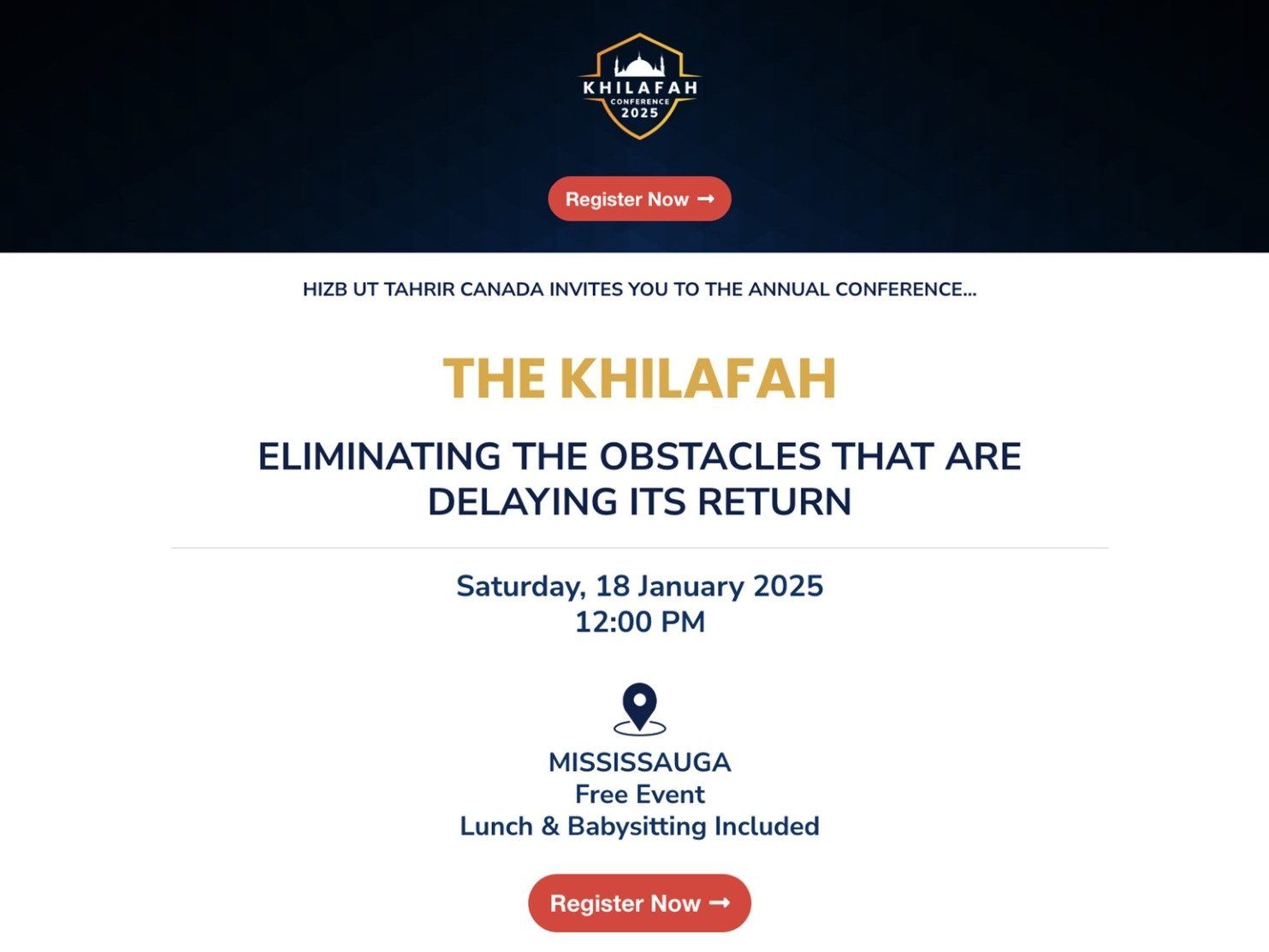Author of the article:
Washington Post
Julian Mark, Aaron Gregg, The Washington Post
Published Jan 10, 2025 • 4 minute read

The wildfires devouring neighbourhoods in the greater Los Angeles area are on track to be the costliest blazes in U.S. history, according to analysts, who estimate total economic losses of as much as $150 billion.
Advertisement 2
THIS CONTENT IS RESERVED FOR SUBSCRIBERS ONLY
Subscribe now to read the latest news in your city and across Canada.
- Unlimited online access to articles from across Canada with one account.
- Get exclusive access to the Toronto Sun ePaper, an electronic replica of the print edition that you can share, download and comment on.
- Enjoy insights and behind-the-scenes analysis from our award-winning journalists.
- Support local journalists and the next generation of journalists.
- Daily puzzles including the New York Times Crossword.
SUBSCRIBE TO UNLOCK MORE ARTICLES
Subscribe now to read the latest news in your city and across Canada.
- Unlimited online access to articles from across Canada with one account.
- Get exclusive access to the Toronto Sun ePaper, an electronic replica of the print edition that you can share, download and comment on.
- Enjoy insights and behind-the-scenes analysis from our award-winning journalists.
- Support local journalists and the next generation of journalists.
- Daily puzzles including the New York Times Crossword.
REGISTER / SIGN IN TO UNLOCK MORE ARTICLES
Create an account or sign in to continue with your reading experience.
- Access articles from across Canada with one account.
- Share your thoughts and join the conversation in the comments.
- Enjoy additional articles per month.
- Get email updates from your favourite authors.
THIS ARTICLE IS FREE TO READ REGISTER TO UNLOCK.
Create an account or sign in to continue with your reading experience.
- Access articles from across Canada with one account
- Share your thoughts and join the conversation in the comments
- Enjoy additional articles per month
- Get email updates from your favourite authors
Article content
Article content
Article content
That far exceeds the $30 billion toll inflicted by the Camp Fire in Paradise, California, along with others that raged in the summer and fall of 2018. It had been the state’s costliest wildfire before the Los Angeles outbreak, according to the National Centers for Environmental Information. The new estimates also dwarf the $5.7 billion tally of the Hawaii firestorm in August 2023.
The insured losses of the Los Angeles fires could exceed $20 billion, J.P. Morgan analyst Jimmy Bhullar wrote Thursday in a research note. Bhullar estimated total economic losses of $50 billion, while AccuWeather set a range of $135 billion to $150 billion. Both analysts noted the forecasts are driven by the blazes’ ripping through some of the country’s most expensive neighbourhoods – including Pacific Palisades and Malibu – where the median home price exceeds $3 million.
By signing up you consent to receive the above newsletter from Postmedia Network Inc.
Article content
Advertisement 3
Article content
“These fast-moving, wind-driven infernos have created one of the costliest wildfire disasters in modern U.S. history,” AccuWeather Chief Meteorologist Jonathan Porter said. “Hurricane-force winds sent flames ripping through neighbourhoods filled with multimillion-dollar homes. The devastation left behind is heartbreaking, and the economic toll is staggering.
“To put this into perspective, the total damage and economic loss from this wildfire disaster could reach nearly 4 percent of the annual GDP of the state of California.”
At least five people have been killed since the fires began Tuesday, a toll that officials expect will rise. About 180,000 residents have been evacuated, with 200,000 more under evacuation warnings. More than 1,000 structures have been reduced to ash, with about 15,000 still at risk.
Advertisement 4
Article content
“The economic cost and insured losses don’t even begin to capture the human toll that we are seeing here,” said Rachel Cleetus, policy director at Union of Concerned Scientists.
With the fires still raging, more structures remain at risk in the coming days, she said, and there could be costly impacts on the region’s power and water infrastructure. Longer term, ash and debris could pollute the water system or set the stage for mudslides years from now, and the health-care system will have to bear the costs of any related injuries, including damage to people’s lungs from smoke, Cleetus said.
“We aren’t even beginning to see the estimates of how much this will cost, and much of it will be borne by taxpayers,” Cleetus said.
Advertisement 5
Article content
California has experienced numerous destructive wildfires in recent years, driven by periods of drought and extreme heat. According to a 2023 report issued by the Gordon and Betty Moore Foundation, those wildfires have only grown in intensity and destructiveness. The report estimated that property loss, response and cleanup tied to the fires cost $11.4 billion a year from 2017 to 2021.
The deadliest and most costly was the 2018 Camp Fire in Northern California’s Butte County, which destroyed more than 18,500 buildings. Along with other blazes at the time, the wildfire cost about $30 billion – the most in U.S. history. A year earlier, a separate outbreak of fires in Northern California destroyed more than 15,000 homes and cost nearly $23 billion, according to the NCEI.
Advertisement 6
Article content
Still, the economic toll of wildfires is generally less than the most destructive hurricanes. In 2005, Hurricane Katrina, the Category 3 storm that devastated New Orleans and swaths of the South, cost $200 billion. Hurricane Harvey, which in 2017 destroyed about 200,000 homes and businesses in Texas, cost some $160 billion.
RECOMMENDED VIDEO
We apologize, but this video has failed to load.
Tatyana Deryugina, an associate professor at the University of Illinois who has studied the economic impact of natural disasters, said there is a clear upward trend of billion-dollar natural disasters since 1980 – and a large uptick in wildfires.
She said the economic toll of a disaster comes from interruptions in business activity such as entertainment, manufacturing and other industries specific to an area, such as the film industry in Los Angeles. The longer a disaster persists, the longer businesses stay closed and increase unemployment rates.
Advertisement 7
Article content
Permanent migration out of areas is another major factor, especially following disasters such as Hurricane Katrina or the 2018 California Campfires.
“That can affect the long-run economic prosperity of an area, especially depending on who migrates out,” Deryugina said. “Sometimes it could be the wealthier people that leave because it’s easier for them to move. Other times, it might actually be about who can afford to stay.”
Typically, though, places that are economically attractive tend to bounce back more quickly, Deryugina said – such as Los Angeles, which has an economy comparable to the size of Poland, with $802 billion in gross domestic product in 2023, according to the Bureau of Economic Analysis.
“If an area is attracting a lot of new people and growing economically, it will have a much easier time rebuilding,” she said.
Article content
.png)
 3 hours ago
7
3 hours ago
7


































 Bengali (BD) ·
Bengali (BD) ·  English (US) ·
English (US) ·